What is the future trend of steel structure warehouse in 2025?
As an important infrastructure of the modern logistics system, steel structure warehouses are facing unprecedented development opportunities. With the global economic recovery and the booming development of e-commerce, the demand for efficient, intelligent and environmentally friendly storage space continues to grow. It is estimated that by 2025, the global steel structure warehouse market will reach a level of 100 billion US dollars. Against this background, the steel structure warehouse industry will show three major development trends: intelligence, greening and modularization.
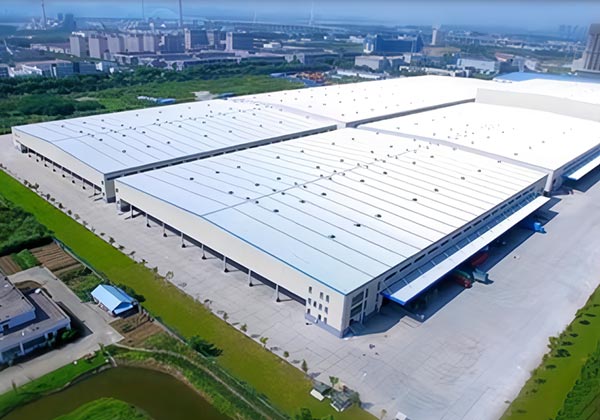
1. Intelligence: Technology empowerment to create smart warehousing
- Application of Internet of Things technology: By deploying sensor networks, real-time monitoring and data collection of warehouse environment, equipment status and cargo information can be achieved. It is estimated that by 2025, more than 60% of newly built warehouses will be equipped with Internet of Things systems.
- Popularization of automated equipment: AGV carts, automatic sorting systems, intelligent forklifts and other automated equipment will be widely used to improve warehouse operation efficiency. Studies have shown that the operating efficiency of automated warehouses can be increased by 300% compared with traditional warehouses.
- Artificial intelligence algorithm optimization: Use machine learning algorithms to optimize warehouse layout, inventory management and distribution routes to improve space utilization and operational efficiency. It is expected that the application of AI technology can reduce warehouse operating costs by 20-30%.
- Digital twin technology: Build a virtual warehouse model to achieve real-time interaction and optimization between the physical warehouse and the digital model. This technology can increase warehouse planning efficiency by 40% and reduce operating costs by 15%.
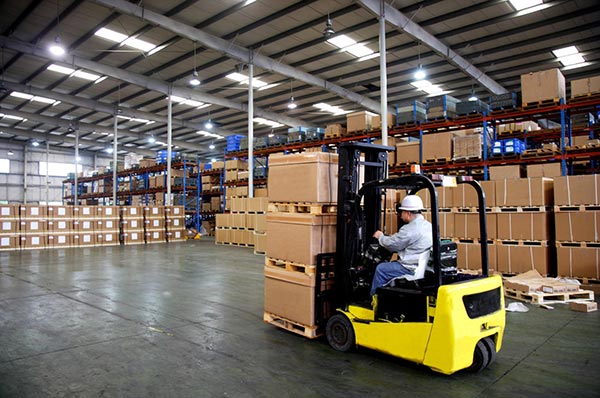
2. Greening: Sustainable development, building environmentally friendly warehousing
- Application of energy-saving materials: Use new insulation materials, photovoltaic roofs and other energy-saving technologies to reduce warehouse energy consumption. It is expected that by 2025, the use rate of green building materials in warehouse construction will exceed 70%.
- Utilization of renewable energy: Install a photovoltaic power generation system on the roof of the warehouse to achieve energy self-sufficiency. Studies have shown that photovoltaic roofs can meet 30-50% of the electricity needs of warehouses.
- Rainwater collection system: Build rainwater collection and treatment facilities for warehouse cleaning and greening irrigation to achieve water resource recycling. The system can save 40-60% of water.
- Carbon emission monitoring: Establish a carbon emission monitoring system to monitor warehouse carbon emissions in real time and provide data support for carbon emission reduction. It is expected that by 2025, 80% of large warehouses will be equipped with carbon emission monitoring systems.
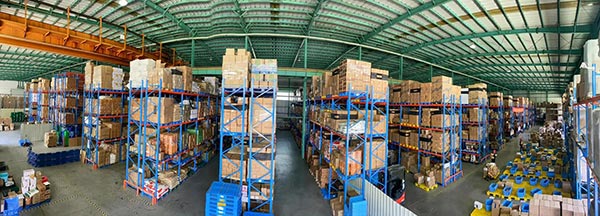
3. Modularization: Flexible and efficient to meet diverse needs
- Standardized design: Formulate unified modular warehouse design standards to improve design and construction efficiency. Standardized design can shorten the construction period by 30% and reduce costs by 20%.
- Prefabricated production: Use factory prefabrication and on-site assembly to improve construction quality and efficiency. Prefabricated construction can reduce construction time by 50% and construction waste by 80%.
- Flexible expansion: Modular design allows warehouses to be flexibly expanded or adjusted according to demand to meet business changes. The expansion cost of modular warehouses can be 40% lower than that of traditional warehouses.
- Rapid deployment: Modular construction methods greatly shorten the warehouse construction period and can achieve rapid deployment. Studies have shown that the construction period of modular warehouses can be shortened by 60% compared with traditional methods.
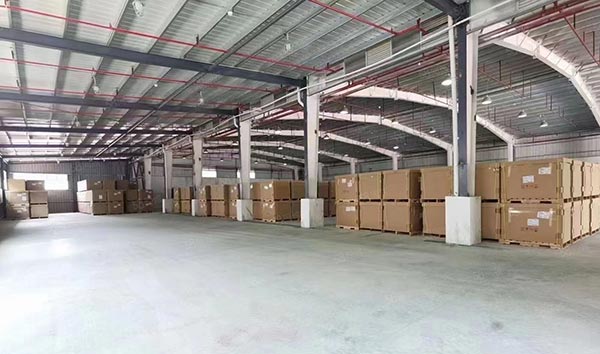
Driven by the three major trends of intelligence, greening and modularization, steel structure warehouse in 2025 will present a new look. Intelligent management systems will make warehouse operations more refined and efficient; green design concepts will drive warehouses to develop in an environmentally friendly and sustainable direction; modular construction methods will improve warehouse flexibility and adaptability.
These trends will not only change the physical form of warehouses, but will also reshape the operating model of the entire logistics industry. It is expected that by 2025, warehouses with intelligent management will achieve an inventory accuracy rate of more than 99.9% and shorten order processing time by 50%. The energy consumption of green warehouses will be reduced by 40-60% compared with traditional warehouses. The construction cycle of modular warehouses will be shortened to 1/3 of that of traditional methods.
For enterprises, grasping these trends means gaining a competitive advantage. It is recommended that enterprises prepare from the following aspects: increase investment in intelligent equipment and cultivate digital talents. Formulate a green development strategy and apply for relevant certifications; understand modular construction technology and evaluate applicable scenarios. At the same time, the government should also introduce corresponding policies to encourage the application of new technologies, promote the formulation of industry standards, and create a good environment for the transformation and upgrading of steel structure warehouse.
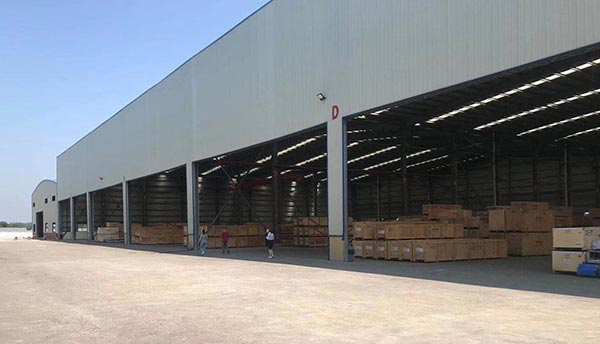
Looking to the future, steel structure warehouse will not only be places to store goods, but also intelligent logistics hubs that integrate storage, sorting, distribution, and data processing. With the continuous application and innovation of new technologies, steel structure warehouses will play a more important role in improving logistics efficiency, reducing operating costs, and achieving sustainable development, providing strong support for the optimization and upgrading of the global supply chain.
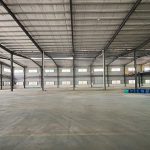
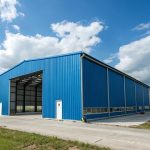
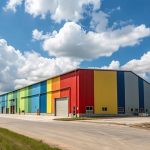
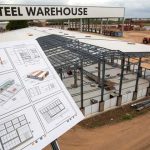

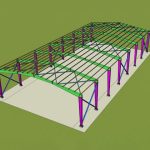
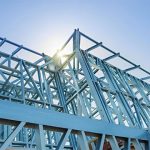
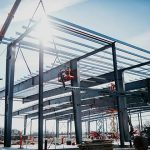
Send us the inquiry form